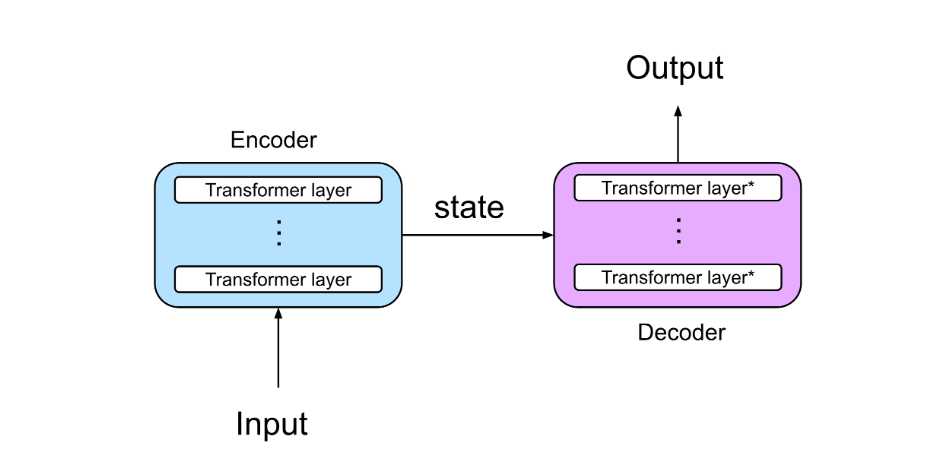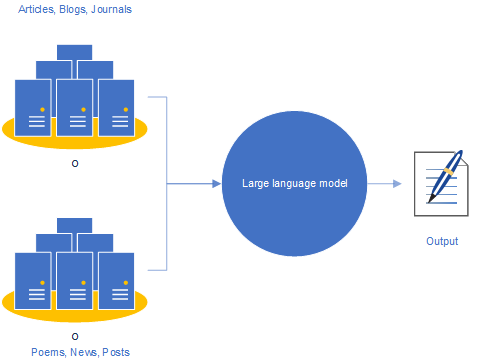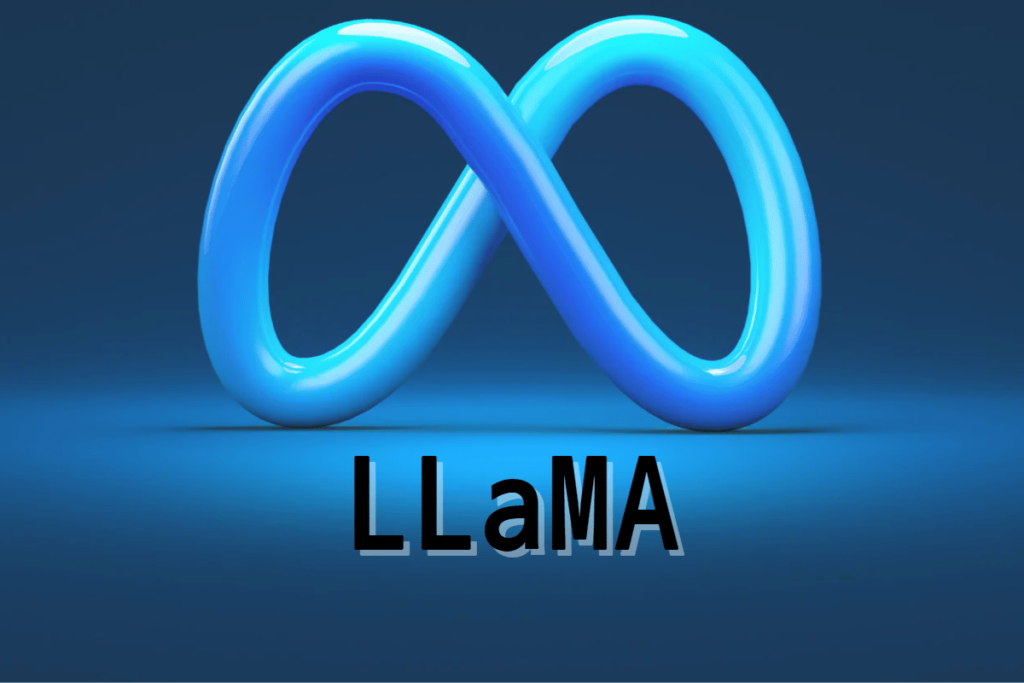GEN AI
The term Generative AI refers to a class of Artificial Intelligence technology that refers to machine learning systems that can generate text, graphics, code, or other kinds of content often in response to a user request. More and more generative AI models are being added to chatbots and online tools that let users submit instructions or inquiries into an input area and have the AI model respond with something that looks human.

Generative AI is capable of creating text, images, music, and synthetic data, among other kinds of material in a matter of seconds. This technology is not a new invention. Chatbots were the first application of generative AI in the 1960s. However, generative AI was unable to produce realistic photos, videos, and audio of actual people until 2014, when Generative Adversarial Networks, or GANs, a kind of machine learning algorithm, were introduced.
HOW CAN A MACHINE LEARN HUMAN’S LANGUAGE?

A machine learning technique called Natural Language Processing (NLP) enables computers to understand, manipulate, and interpret human language. Large amounts of text and speech data are now being collected by organizations via a variety of communication channels, including emails, text messages, social media newsfeeds, audio, video, and more. They automatically process this data, evaluate the message’s intent or sentiment, and react to human communication in real-time using natural language processing (NLP) software.
HOW NLP HELPS GEN AI
Natural language processing (NLP) enables generative AI models to understand and produce writing that is similar to that of a human. The creation of transformer-based architectures, such as OpenAI’s GPT (Generative Pre-trained Transformer) series, is one of the major developments in this field. These models can produce logical and contextually appropriate text passages, respond to queries, compose poetry, translate across languages, and carry out a wide range of other language-related activities since they have been pre-trained on enormous volumes of text data.
Applications for generative AI are numerous and include language translation, chatbots, virtual assistants, content production, and creative arts. By enabling machines to demonstrate a degree of creativity and language comprehension that was previously believed to be exclusive to humans, it has greatly improved the area of artificial intelligence.
THE BREAKTHROUGH DEVELOPMENTS
The two most recent developments that are essential to Gen AI are becoming widely used. They go by the names of language models and transformers. Because of transformers, a type of machine learning, scientists can now train ever-larger models that have billions of text pages, producing responses with greater depth. Transformers also opened the door to a creative concept known as curiosity, which allowed models to follow word relationships not just inside sentences but also throughout pages, chapters, and books. Not only that, but Transformers could analyze code, proteins, molecules, and DNA with their ability to track connections.


With the speed at which large language models (LLMs) are developing, i.e., models with billions or even trillions of inputs, generative AI models are now able to compose captivating text, produce photorealistic graphics, and even make reasonably funny humorous series on the spot. Furthermore, teams are now able to produce text, graphics, and video material. Tools like Dall-E that automatically produce images from text descriptions or text captions from photographs are based on this.
FUTURE OF GEN AI
Exciting, limitless, and full of possibilities. Natural language comprehension, personalized content creation, content quality assurance, multimodal AI, AI support for creative work, and healthcare applications should all see substantial advancements over the course of the next five years.
GPT AND LLAMA

GPT is a group of language prediction models that OpenAI has created; GPT-4 is the most recent model. These models are intended to produce language that makes sense and is pertinent to the context in which it is fed. Since they are built on the Transformer architecture, they can process massive volumes of data and comprehend the meaning of lengthier text passages with ease. GPT models are tailored for particular tasks after being pre-trained on a variety of internet texts.

Meta (Facebook) established the LLaMA foundation model. LLAMA and similar models are meant to comprehend and produce human-like text. They have extensive training on vast datasets and are capable of handling a variety of language-related tasks. Similar skills in comprehending and producing human language are the goal of LLAMA, which is similarly built on the Transformer architecture.
These models are effective instruments for comprehending and producing writing that is human-like because they are each endowed with distinct qualities and talents. With the introduction of Microsoft Azure AI support for this open-source approach, there was a stir surrounding Meta’s Llama 2.0. Years of progress in AI research have resulted in Llama 2.0, and GPT 4.0. They represent the next development in generative artificial intelligence (AI), utilizing the strength of reinforcement learning and optimizing methods to produce meaningful and coherent text in response to given prompts. Moreover, they have been trained on a large volume of data, which enables them to comprehend a broad range of subjects.
APPLICATIONS OF GEN AI
Even though chatbots like Google Bard and ChatGPT have gained a lot of traction, new generative AI use cases are starting to gain traction. Some out of many are,
![]() – Image creation and editing
– Image creation and editing
Creating images, usually through text-to-image conversion, is one of the most popular applications of generative AI. The AI tool will process the data to produce realistic images. Here, users can provide a text prompt specifying the kind of image they want. By specifying subjects, styles, settings, places, or objects, users of these generative AI programs can create precisely the photographs they need.
![]() – Teamwork within the Organisation
– Teamwork within the Organisation
Improved teamwork among enterprises has also been facilitated by the newest developments in generative AI applications. Individuals can now increase the accuracy and productivity of users, that is, members of the organization, by automating tasks such as word processing and email.
The way Microsoft has included GPT-3.5 in Teams Premium, which leverages AI to improve meeting records, is a great illustration of how generative AI can improve collaboration. An audio file is automatically segmented, titles are created, and customized markers are added for enhanced clarity.
![]() – Business Exploration
– Business Exploration
The application of generative AI in a corporate setting for expedited search has been one of the most recent use cases of this technology. By using generative AI, businesses may obtain information more quickly because these AI models can be trained to safely read through all types of organizational documents, including business trend analysis, research reports, contracts, and so forth. Furthermore, generative AI models can be trained by developers to recognize and highlight key passages in documents, making it easier for employees of a company to get the information they require fast.
